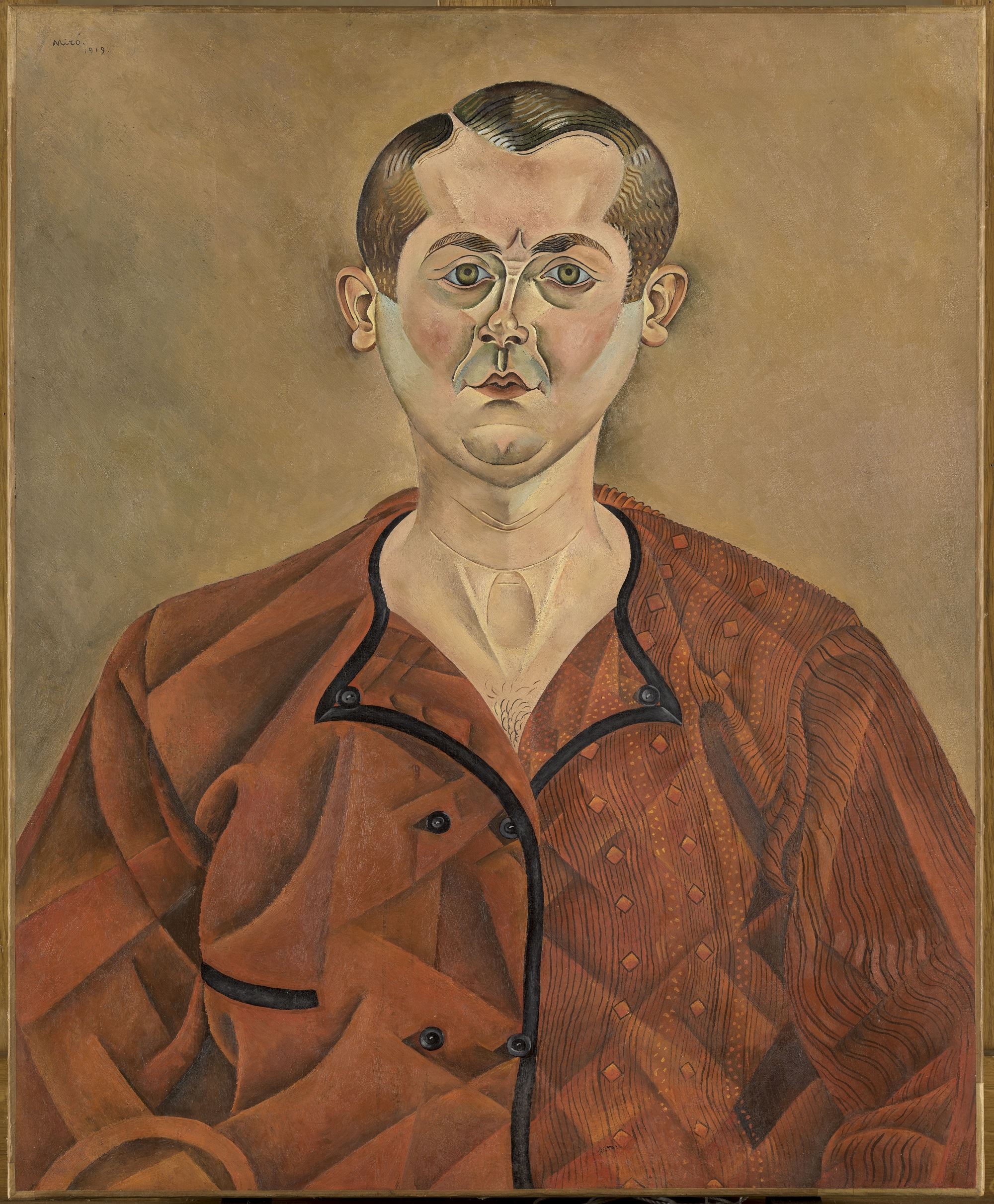Euskaraz irakurri: Miroren errealismo magikotik “Konstelazioetarako” bidaia, Guggenheimen
The Guggenheim Museum Bilbao presents “Joan Miró. Absolute reality. Paris, 1920-1945”an exhibition on the career of the Catalan painter between the years 1920 and 1945.
The beginning and end of this fundamental period in the work of Miró (Barcelona, 1893-Palma, 1983) is marked by his first trip to Paris and a series of works on white backgrounds after his “Constellations” (1940-1941).
Joan Miró’s work is admired for its formal innovations, developed in the context of the first avant-garde, especially Dadaism and Surrealism, and he is also considered a precursor of Abstract Expressionism.
Miró equally emphatically rejected traditional realism and the idea of pure abstraction, stating that all the marks he painted on his works correspond to something concrete.
Between 1918 and 1920, Miró painted the so-called detailed works, which are characterized by the great delicacy and concentration manifest in their execution. Miró, rather than accurately representing reality, painted the emotions that landscapes arouse in him, as can be seen in “Self-portrait” (1919).

‘Self-portrait’ © Sucesió Miró, 2022 Photo: © RMN-Grand Palais (Musée national Picasso-Paris)/Mathieu Rabeau
In 1923, Miró wrote the following to his friend JF Ràfols, talking about the new landscapes he was painting at the time: “I have managed to break and free myself definitively from nature and landscapes no longer have anything to do with external reality”.
Miró’s paintings from the mid-1920s, known as dream paintings, “destroy any logical narrative structure, and the few elements that appear scattered across their surfaces seem to respond to improvisation, although his sketches prove otherwise,” according to what they say. from the museum.
In the 1930s, expressionism became a dominant feature of Miró’s work. In general, “all of them are characterized by capturing monstrous figures in ambiguous and disturbing spaces, which probably reflect his anxiety and concern about the political situation,” as explained by the museum.
Miró produced the 23 “Constellations” between January 1940 and September 1941. These paintings are “the culmination of the potential of the sign language created by Miró, with an emphasis on imagination and intuition, and the will to find a way to primordial and universal expression”.
After the “Constellations”, Miró did not paint for a while until in 1945 he produced a large series of large-format paintings, again on a white background, in which he once again developed his language of signs.
Source: Eitb
Bruce is a talented author and journalist with a passion for entertainment . He currently works as a writer at the 247 News Agency, where he has established himself as a respected voice in the industry.












